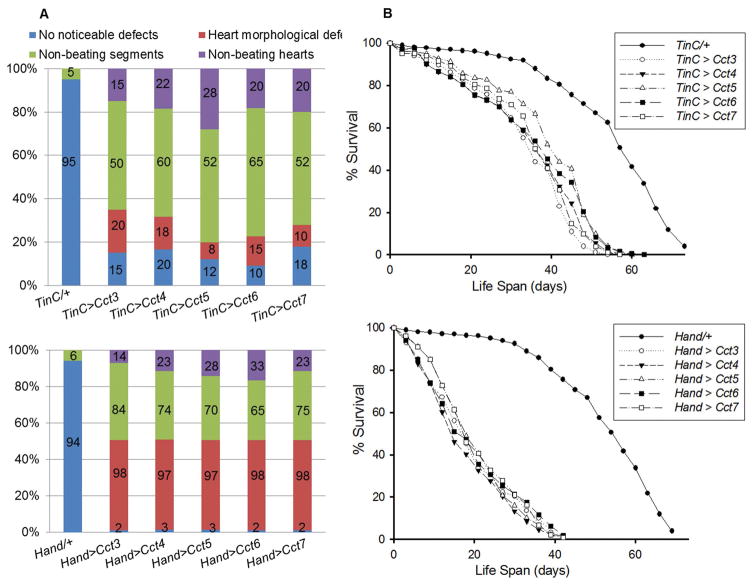Figure 2. TRiC chaperonin is required for cardiac remodeling, maintaining cardiac contractility and normal life span.
A) Summary of the qualitative cardiac defects from 1-week old driver control (TinCΔ4/+) and KD of TRiC chaperonin (Cct3, Cct4, Cct5, Cct6 and Cct7) male and female flies showing the percent of hearts exhibiting morphological defects, one or more non-contractile regions and non-beating hearts. A greater severity of cardiac morphological defects in one or more non-contractile regions and non-beating hearts was observed upon KD of TRiC chaperonin with the Hand-Gal4 driver (bottom). Representation of n = 100 (male and female combined) for each group is shown and percentage of the hearts indicated under each category (i.e., percentage of the hearts with no noticeable defects, heart morphological defects, non-beating heart segments and non-beating hearts). B) Cardiac-specific KD of the Cct3, Cct4, Cct5, Cct6 and Cct7 resulted in a significant reduction (p<0.001) in lifespan, compared to driver control flies TinCΔ4/+ or Hand/+ (male and female combined). Graph plots % survival of flies (n = 200 for each group) vs. time post-eclosion.

